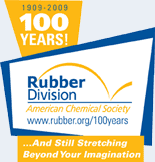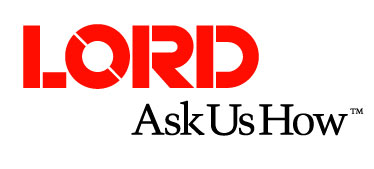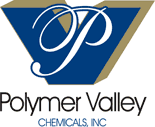![[ Visit ACS Rubber Website ]](images/logo.jpg) |
|
Centennial Elite SponsorsBecome a Centennial Elite Sponsor |
Effect of Carbon Black Type and Loading on Reversion Behavior of Natural Rubber Vulcanizates with Different AcceleratorsWednesday, October 14, 2009
Concourse A & B (David L. Lawrence Convention Center )
Carbon black is a well-known filler extensively used in rubber industry to increase the strength and stiffness of rubber. It has long been known that carbon black can improve reversion resistance: thermal degradation of polysulfidic crosslinks leading to a reduction of crosslink density and an introduction of main chain modifications. However, the result from our previous studies showed that adding 50 phr of carbon black N330 into natural rubber compound cured with DCBS at 160 oC caused more reversion. The condition and factor which result carbon black in having a negative effect on reversion behavior need to be studied. Various types of accelerator including N, N-dicyclohexyl-2-benzothiazole sulfenamide (DCBS), N-dicyclohexyl-2-benzothiazole sulfenamide (CBS), 2.2'-Dithiobisbenzothiazole (MBTS) and Tetrabenzylthiuram disulfide (TBzTD) are used. For each cure system, natural rubber compounds filled with different carbon black types and carbo n black loadings are prepared using an internal mixer and a two roll mill, respectively. Cure characteristics are carried out with a Moving Die Rheometer at different temperatures of 130, 140, 150, 160, 170 and 180 C. Cured rubber of 2 mm are compression molded for t90 (optimum cure time), t100 (maximum cure time) and t-10 (time after 10% reversion). The crosslink density of each vulcanizate is determined from swelling result. Effect of carbon black type, carbon black loading and cure system on reversion behavior are evaluated and presented here.
|









